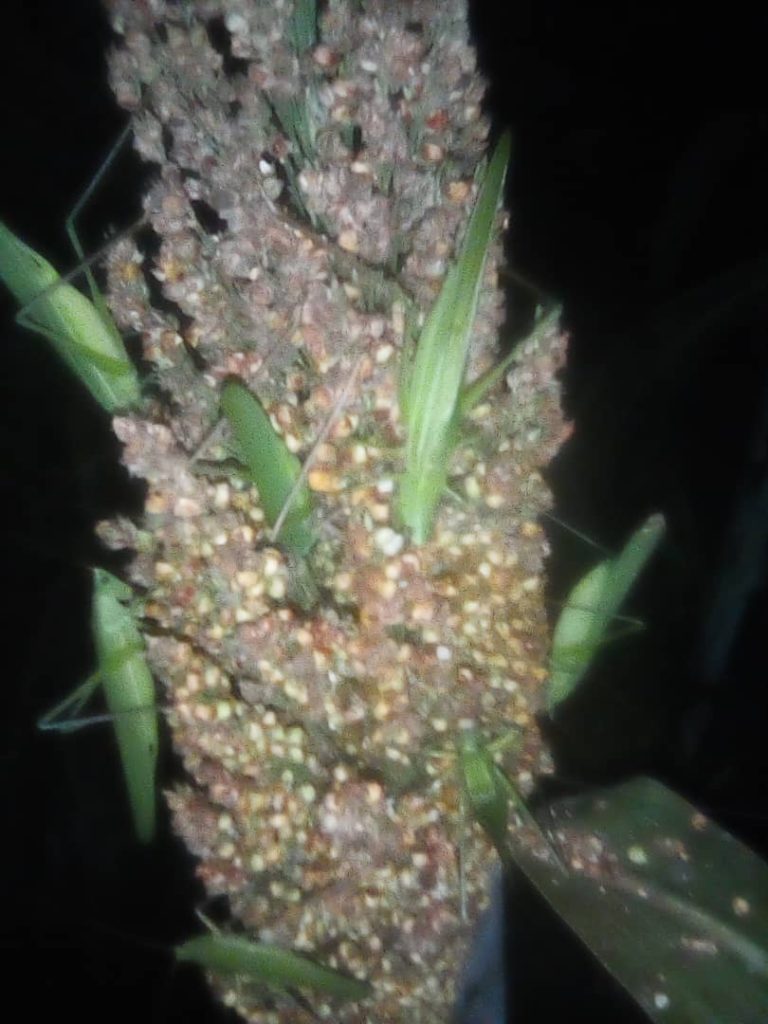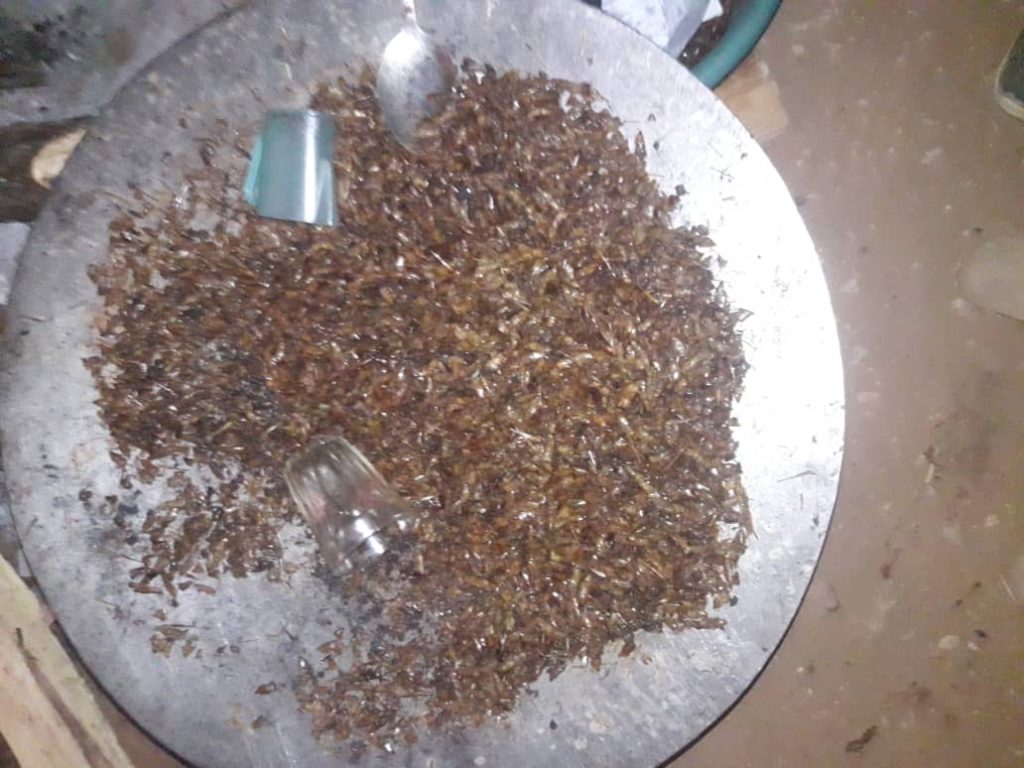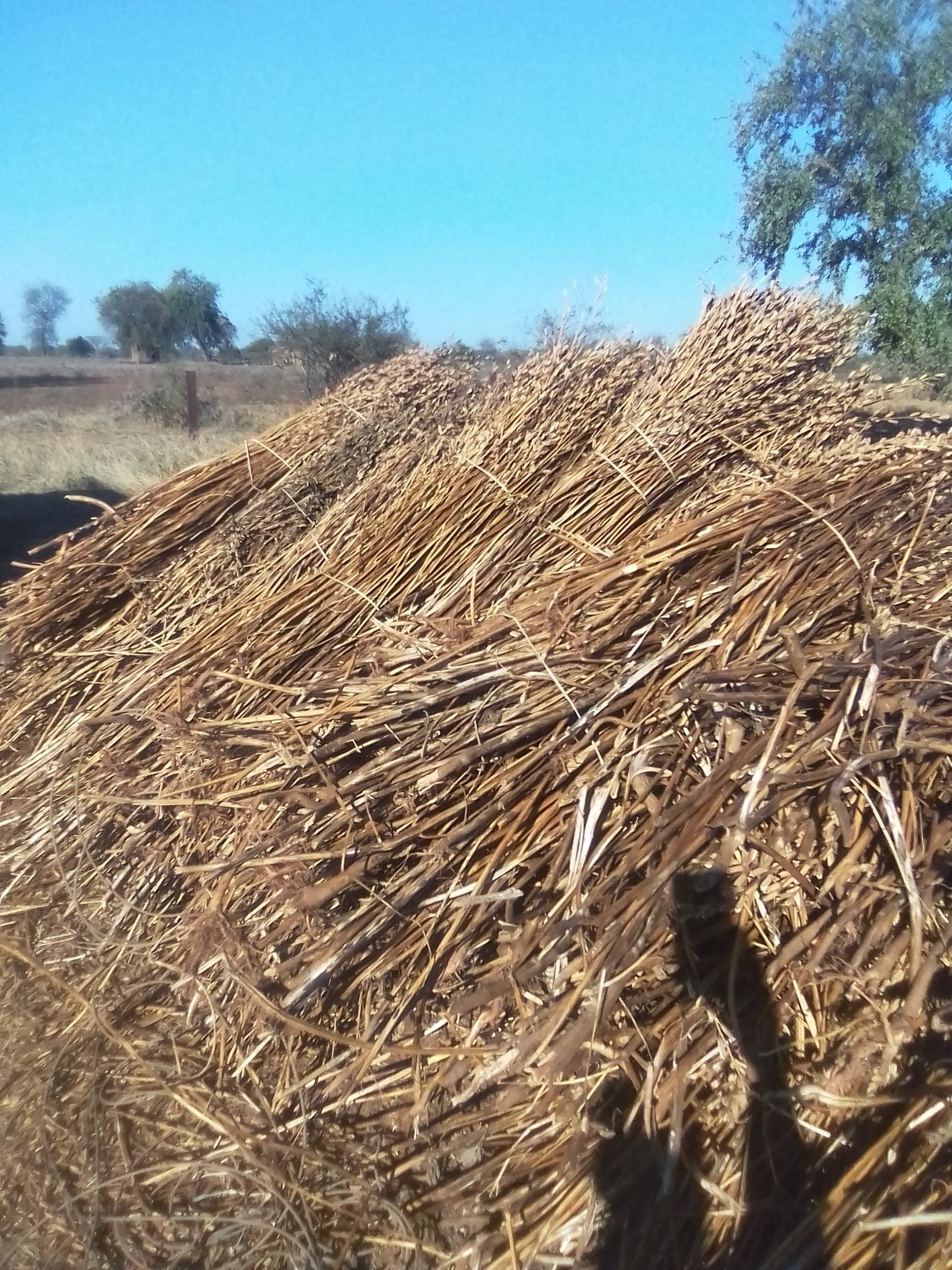Chiredzi – The outbreak of the devastating locusts(Rusoplia) commonly known as Madhumbudya in Shona and Sunu (Shangani) has presented two scenarios, the bad and the good for farmers.
By Costain Shamu/Patrick Chitongo
Two more species, the Cyrtacanthacris (green locusts) and Cataloipus oberthuli known (Njeru) are also causing havoc to farmers who have been expecting a bumper harvest this year owing to good rains. But the same farmers are also happy that they are getting nutritious value from the locusts that they are harvesting in bulk for the pot and the market.
These locusts feed on leaves, flowers and seeds of cereal crops such as sorghum, maize and pasture.

These are ravenous eaters that leave their path marked by a trail of destruction.
The same creatures are considered a delicacy hence villagers are spending much of their time harvesting them for the pot.
Every night fall, villagers in Rupangwana(Save) and Chikombedzi go into the fields with lighting gadgets to harvest the locusts.
The locusts are attracted to beaming light, making it easier for villagers to harvest tonnes of them at night.
A villager Hassani Tsumele who owns a field at Ndali, Chiredzi East, told this publication that he and his family can harvest 5 bags of locusts per day.

The family cooks and dry them before selling them to market vendors who buy in bulk for resale.
A cup of locusts costs US$0-50 at the open market in Chiredzi-lowveld.
In comparison, locusts are fetching more money than beef, chicken and pork in
local butcheries.
Patricia Bhaloyi a Locust vendor at Rupangwana(Jack Quinton Bridge) said she is making a living out of the outbreak.
“I am managing to get money at the end of every day during these hard times. I sell a cup of locusts at the price of US$0-50 . People, particularly beer drinkers really love them. I have so far managed to raise school fees for my two children during this shortest period of the outbreak.
My kids also love to eat them as relish.” said Bhaloyi.

However, farmers are the biggest losers in this situation as they tend to lose their hard work due to these ravagers.
A local farmer, Paul Rusere told this publication in an interview:
“It is very painful to see your hard work in shambles. These locusts are giving us a hard time. We are going to be left with nothing.” said Rusere.
A swarm of locusts normally consists of a gargantuan mass of flying bugs with approximately 40-80million locusts in a square kilometer.

These can destroy and consume food for 35 000 people per day, the same food that can feed 6 elephants per day.
The previously large locust outbreak happened in 2003 and lasted for two years, spreading in over 20 countries in Northern Africa.
The outbreak left the continent in an estimated food deficit of US $ 2.5 billion.
Zimbabwe is a member of the Red Locust Control Organisation for Central and Southern Africa ( IRLCO-CSA) that has controlled other pests outbreaks such as the armyworm, grain eating birds and tsetse-fly in the past.
According to research, the high
protein insects live in areas where resources that they need are unpredictable and if the right conditions arise, they attract each other, multiply and march together in coordinated formations across the landscape.
The weather changes such as experienced in region 5 cause a response to capitalise on a rare opportunity and also have capacity to migrate.
Unlike most locusts that are incredibly powerful and can travel long distances,the three spicies in the Lowveld do not spread extensively.
Some locusts can go over 100km in 24 hours.
The Rusoplia “madhumbudya” is nocturnal, high in protein and fat.
It very much attracted to light, that makes a very eco-effective method to trap them.














